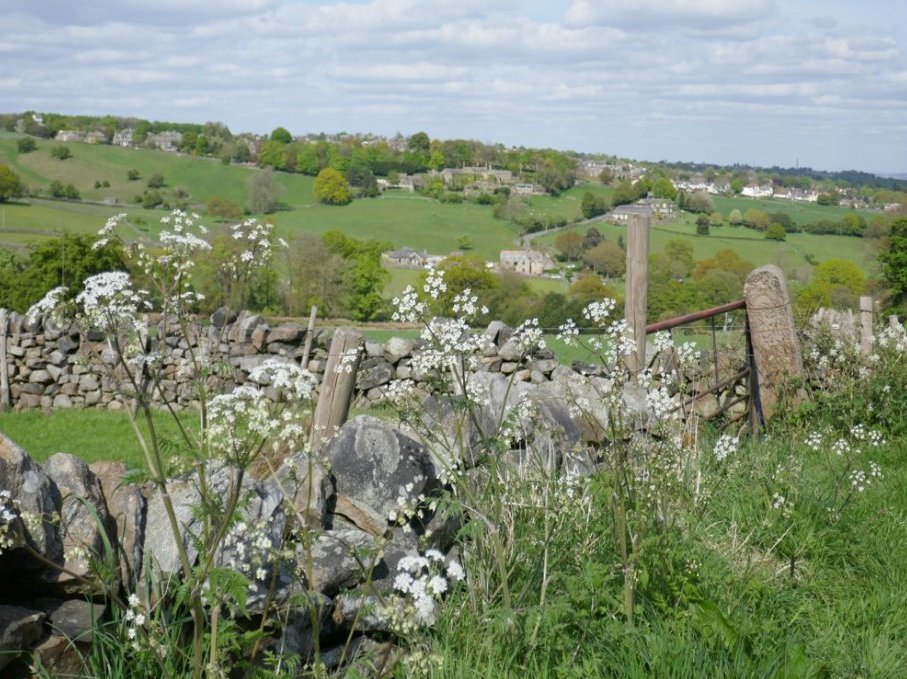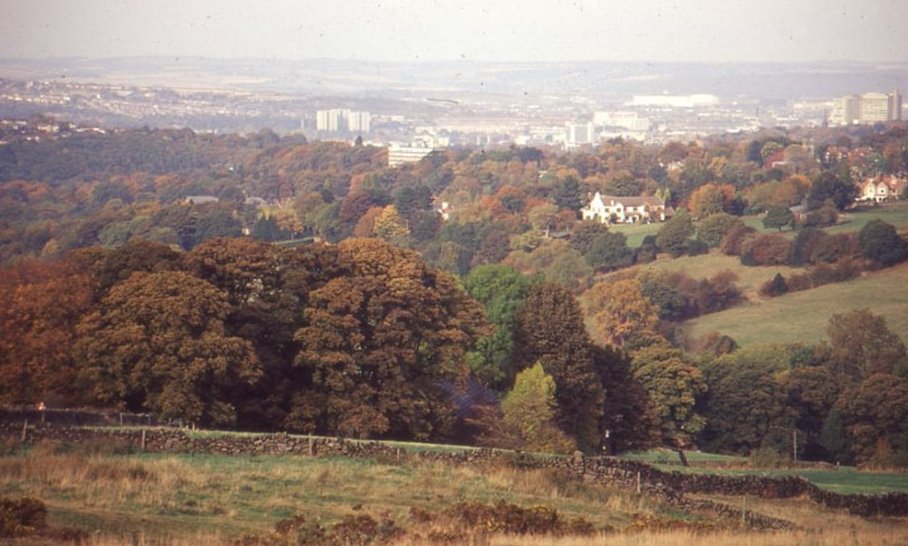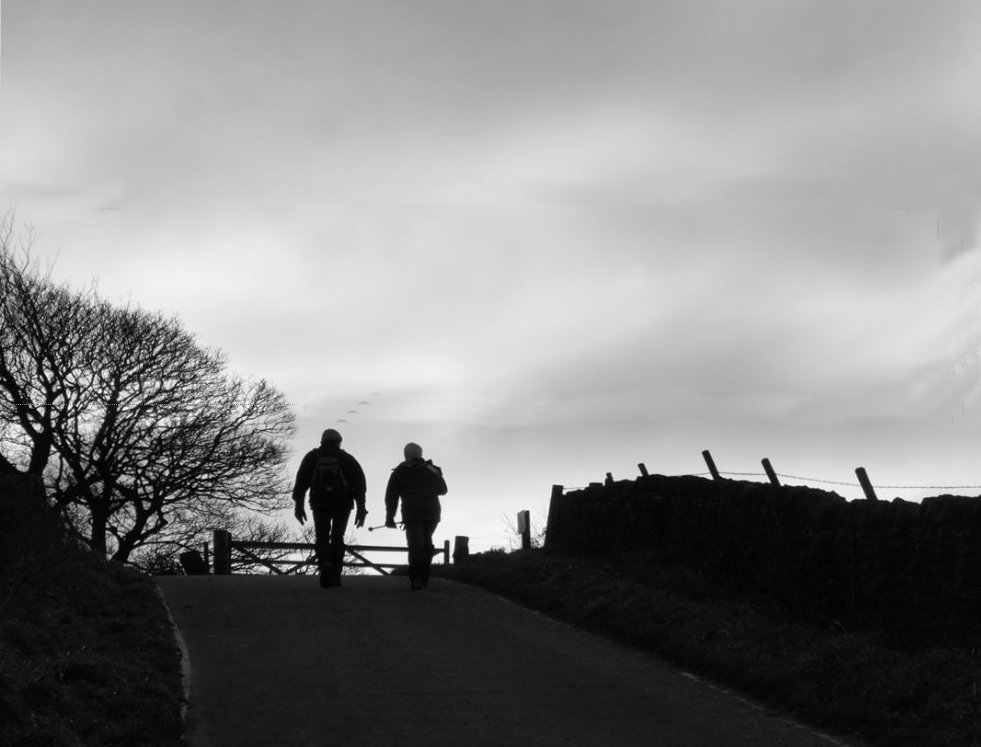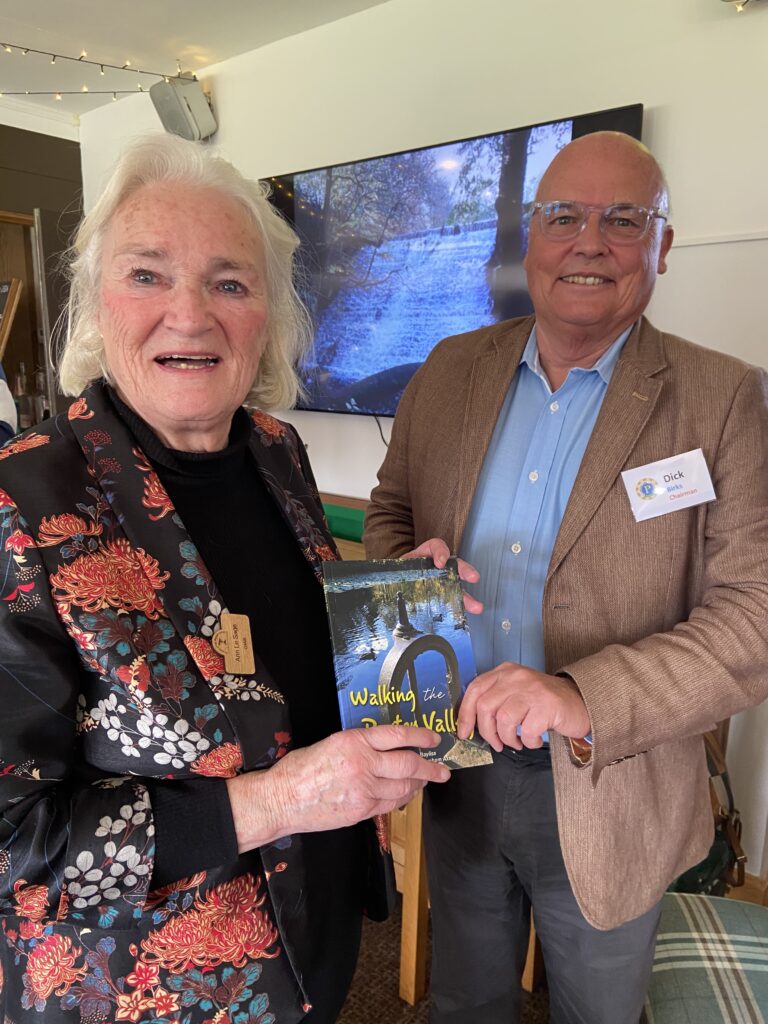Our speaker Ann le Sage must have realised she was preaching to the converted when, at the beginning of her talk, she asked if there was anybody present who had NOT walked through the Porter Valley. Not a single hand went up, out of another healthy attendance of well over 40 members.
Ann is chair of the Friends of the Porter Valley, and her presentation brought home – to all of us, I am sure – just how fortunate we are to have this amenity literally on our doorstep.
FOPV’s vision is to conserve, protect and restore the ecology, landscape and cultural heritage of the Porter and Mayfield Valleys for the enjoyment of all and the benefit of future generations.
The Porter Brook rises on the moors to the west of Sheffield and flows easterly into the heart of the city. Its valley forms a natural green corridor leading to the open moors of the Peak District National Park and the terraced housing and congested roads around Hunters Bar. In the course of its descent the Porter falls some 340 metres through a constantly changing landscape. It links the steeply incised and wooded valley of Porter Clough to a gentler, farmed landscape of green hillsides with traditional pasturage and stone buildings.
Urban parks were created throughout Britain in the 19th century as a response to the often appalling urban environment brought about by industrialisation and rapid population growth. They are still a vital amenity. The whole of Porter Valley, except for Endcliffe Park, lies within the green belt. It also forms a significant part of the Sheffield Round Walk and a strategic cycle route out to the Peak District. Because the valley provides a direct link between the city and the countryside it is used extensively by people from all over the city and beyond.
Its accessibility and unique atmosphere appeal particularly to he communities along its flanks, to Sheffield schools, ramblers, cyclists, and nature lovers. There are several frequently used access points from the roads and footpaths that border on, or run across, the Porter. Half a million people may use the Valley every year, and over 30 per cent come from parts of Sheffield other than the nearby relatively affluent suburbs of Hallam, Ecclesall and Broomhill. Around five kilometres of the valley bottom and the upper reaches of its tributary, the May Brook, were designated Areas of Outstanding Natural Beauty in the Urban Development Plan because the valley contains many ecological qualities.
Botanically these comprise several blocks of ancient oak woodland with spectacular displays of spring flowers and autumn fungi; semi-natural scrub, riverine and pond habitats; wet valleyside ‘flushes’ containing rare species; old flower rich meadows of a type that are fast disappearing from the countryside and acid grasslands that in autumn are bright with wax-cap toadstools. The sequence of millponds known locally as ‘dams’ also contributes significantly to the ecology of the valley although they are in a poor state of repair with several leaking and all becoming silted up.
The watercourses support an abundant fauna of breeding ducks, dippers, kingfishers, herons, crayfish and other freshwater invertebrates, while the meadows and hedgerows are home to many species of butterfly and moths. The trees support many birds, including summer visitors such as willow warbler and chiff-chaff, and all the year round familiars such as two types of woodpecker, treecreepers, nuthatches, tits and corvids, including a longstanding rookery at Forge Dam.
Mammals include several species of bat which are conspicuous flitting over the dams, foxes, water voles and several badger communities. By identifying and managing appropriately those parts of the valley that play a key role in providing this biodiversity, FOPV would like to ensure that users of all stretches of the Porter Valley will continue to encounter a memorable range of wildlife.
Ann le Sage is seen here with our chairman Dick Birks.





